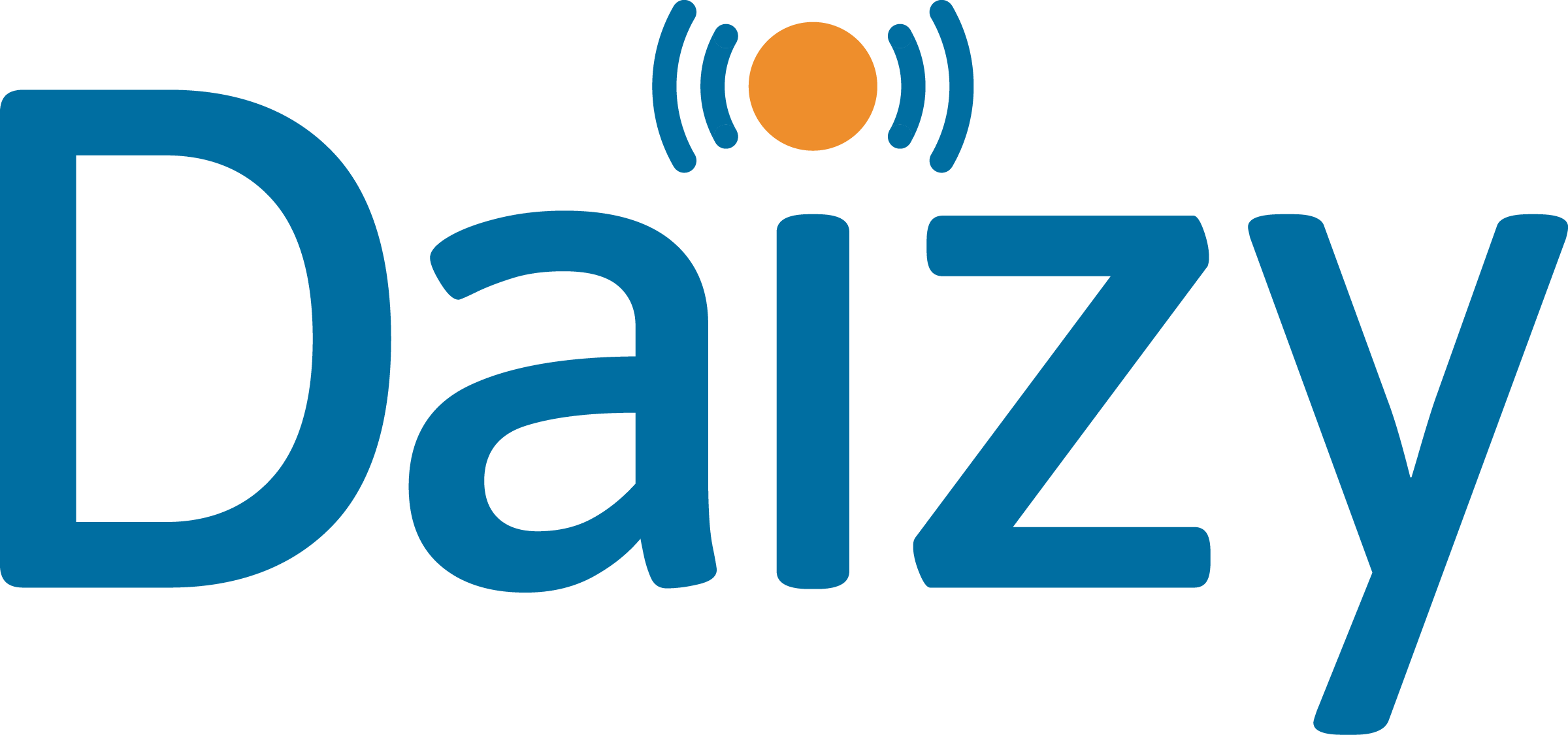If you already have a defined implementation process or blueprint for deploying IT or infrastructure projects, then you probably have most if not all of the components in place to deliver a successful IoT project.
However, the successful delivery of IoT projects requires careful planning, expertise, and a strategic approach aligned with the goals of the project, which are often markedly different from more traditional IT deployments.
In this post, we break down eight key strategies for mitigating common IoT deployment issues.
1. Define clear objectives
Clearly define the objectives and desired outcomes of your IoT project. Understand the specific problems or opportunities you aim to address. This clarity will guide your implementation strategy and help you stay focused on achieving tangible results. Keep in mind that the objectives of IoT often extend far beyond the successful deployment of hardware and software, and into delivering demonstrable value for the organisation. Keeping the link in place between deployment objectives and business objectives will help to avoid scope creep and maintain focus on the end-goals for the project.
2. Robust planning and stakeholder engagement
Develop a comprehensive implementation plan that includes timelines, resource allocation, and milestones. Engage stakeholders from different departments and levels of the organization to ensure their buy-in and alignment with the IoT initiative, and involve your external IoT partners in the process. Establishing effective internal and external communication channels will keep stakeholders informed and involved, preventing delays and maintaining buy-in throughout the process.
3. Select the right technology partners
Choose technology partners, including IoT platform providers, hardware vendors, and system integrators, with proven expertise and a track record in successful IoT implementations. Evaluate their capabilities, scalability, security measures, integration capabilities, and ongoing support to ensure they align with your project requirements. Critically, ensure that the technology partners you choose will help you avoid getting ‘locked-in’ to a solution that could limit access to future capabilities and technologies as they become available.
4. Data management and security
Implement robust data management practices, including data collection, storage, analysis, and security. Define data ownership, privacy policies, and data governance frameworks to protect sensitive information. Implement security measures such as encryption, access controls, and secure communication protocols to safeguard IoT devices, networks, and data. Aligning IoT projects with your existing data management and security policies will streamline ongoing compliance efforts and maintain the same standards across your infrastructure.
5. Scalability and interoperability
Accommodate future growth by considering scalability from the outset. Select IoT solutions and platforms that can handle increasing device volumes, data flows, and expanding use cases. Ensure interoperability by choosing standards-based technologies and protocols that allow seamless integration with existing systems and future expansion..
6. User experience and training
Maximize the value of IoT solutions by prioritising user experience. Ensure ease of adoption and provide intuitive interfaces, dashboards, and analytics tools that provide actionable insights and facilitate decision-making. Providing training and support to users, both technical and non-technical, will ensure they are best paced to leverage IoT technologies while minimising the need for support.
7. Data analytics and actionable insights
Leverage advanced analytics tools and techniques to extract meaningful insights from IoT data. Implement data visualization techniques, real-time monitoring, and predictive analytics to derive actionable insights. Use these insights to optimize processes, improve efficiency, and, most importantly, drive informed decision-making and transformation action across your organisation.
8. Continuous monitoring and iterative improvements
Implement a system for continuous monitoring and performance evaluation of your IoT deployment. Monitor key metrics, device performance, data quality, and user feedback. Regularly evaluate the effectiveness of your IoT solution and make iterative improvements based on insights and lessons learned.
By following these strategies and leveraging the expertise of experienced IoT professionals and technology partners, you can navigate the challenges associated with IoT implementation and increase the likelihood of success in achieving your desired outcomes.
Having challenges with your IoT deployments, or not sure where to begin? Please get in touch, we love talking all things IoT.

